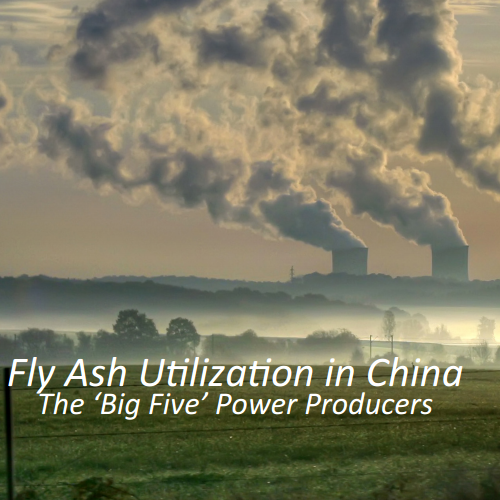Resource: The Future of Gypsum: Market Forecasts to 2016, Smithers Apex
Currently, the global gypsum market is valued at approximately $1.5 billion USD. 60% of this contributed to by the cement industry, while 33% is taken up by plasterboarding. Gypsum’s primary uses are in the settling of retarders (cement), building construction and for conditioning soil and fertilizer in agricultural applications. The 252 million ton per year industry is expecting to grow another $1 billion USD in the next two years and another 1.5billion in the 8 years following, as expressed by Ken Soezen, author of this report.
The pattern of consumption fluctuates geographically. The western world, including the US and large parts of Western Europe, use the product for wallboarding. This is not true for the rest of the world and especially in developing countries such as India and China where drier applications in instruction are not the industry standard yet.
Population growth particularly contributes to the need for gypsum in developing worlds, as the market fluctuates between the need for housing, and therefore cement becomes in higher demand. China and India, where construction and infrastructure work has exploded in recent years, became catalysts for growth in cement production in Asia. In 2012, China alone accounted for 58% of worldwide cement production, with India also making the top of the list at 10%, behind the USA.
The construction industry tends to be very cost conscious as seen in recent shifts towards eco-friendly and cost effective utilization of waste bi-products in the building materials sector. Gypsum has become an industry favorite due to its recyclability and durability during repeated applications. Gypsum is one of the cheapest alternatives to widely used portland and sand based aggregate cements that have been the industry norm.
